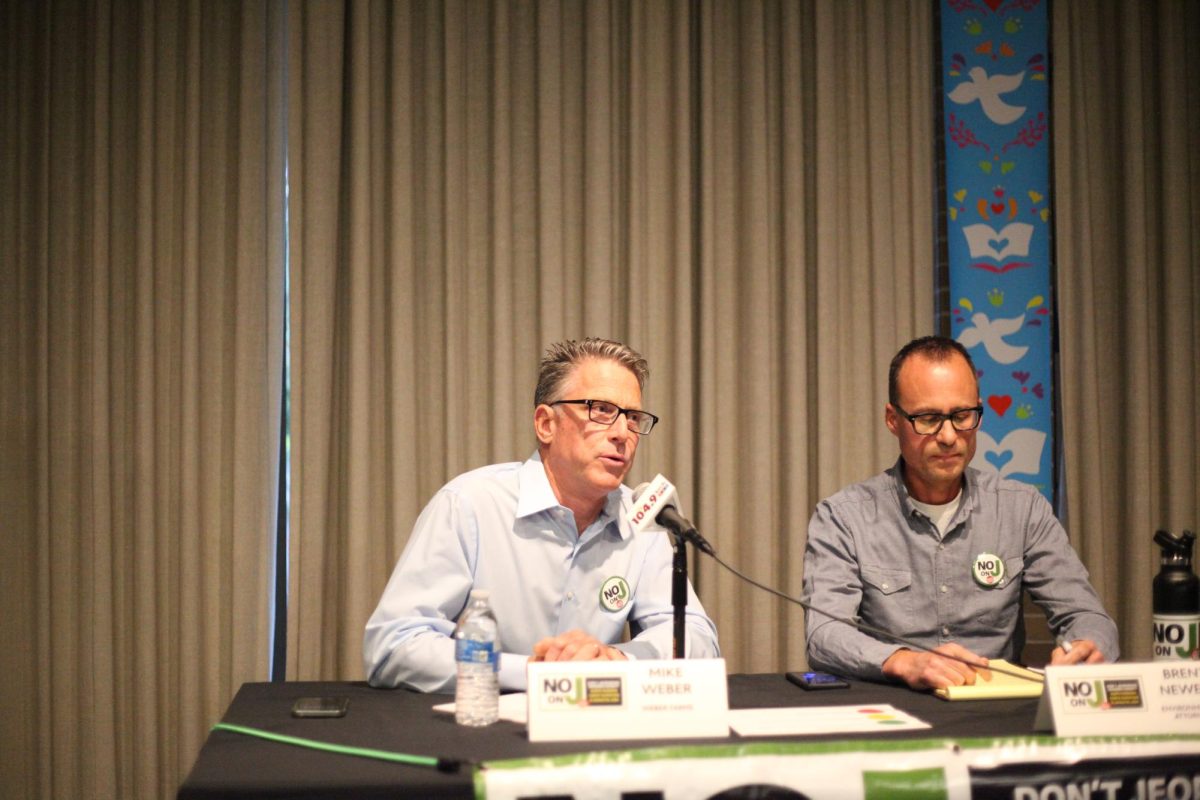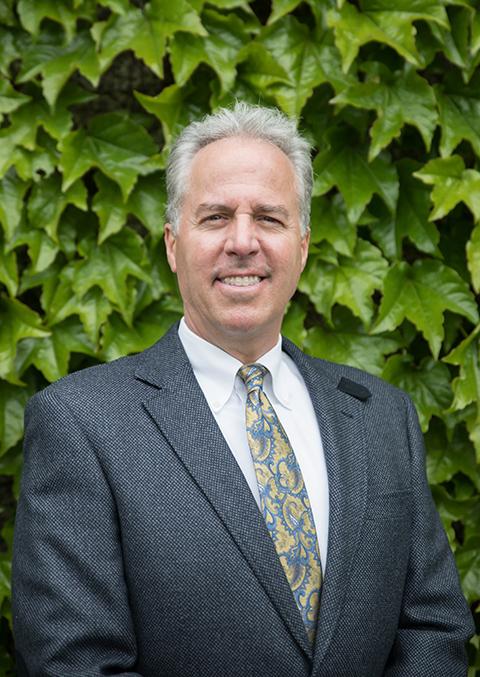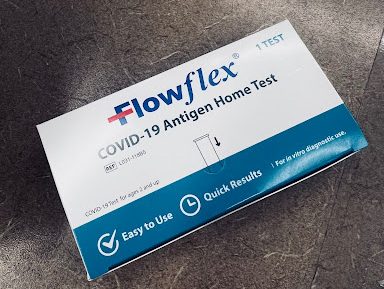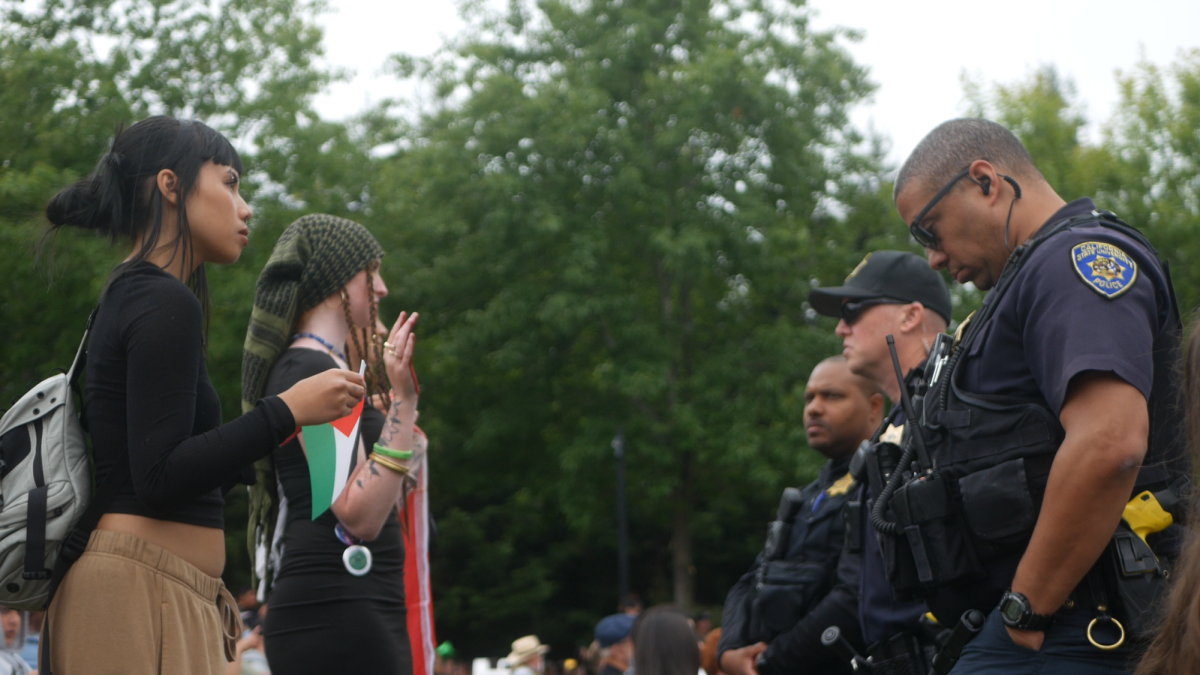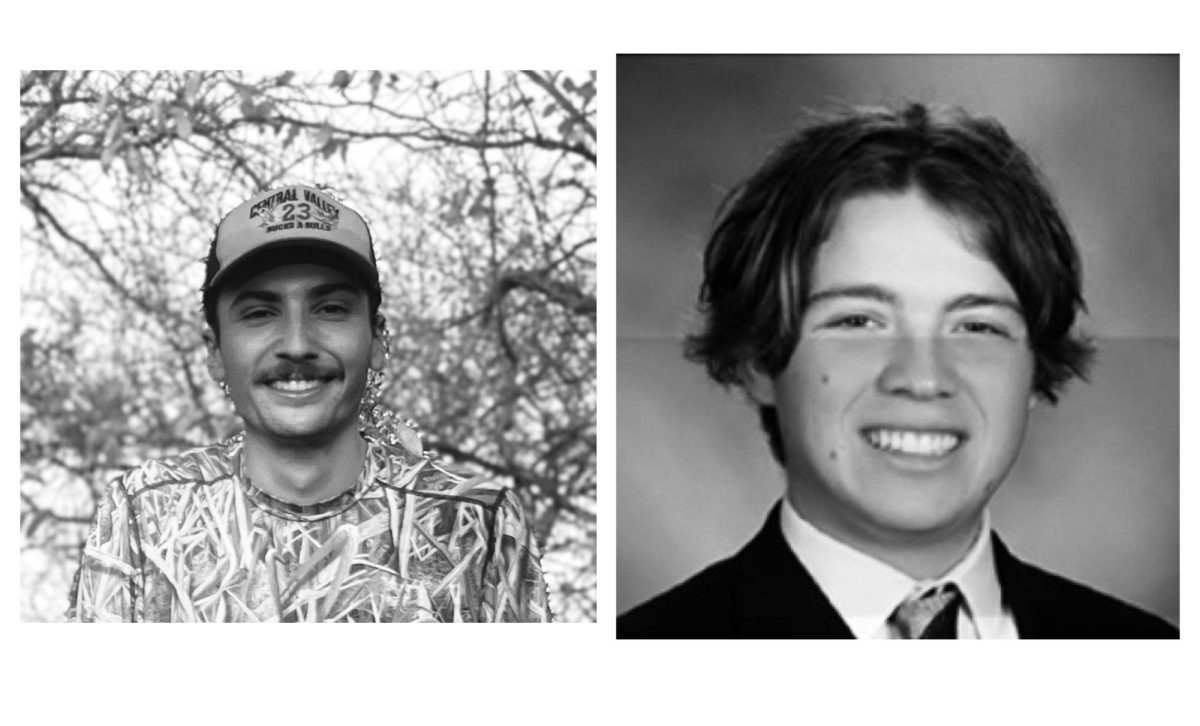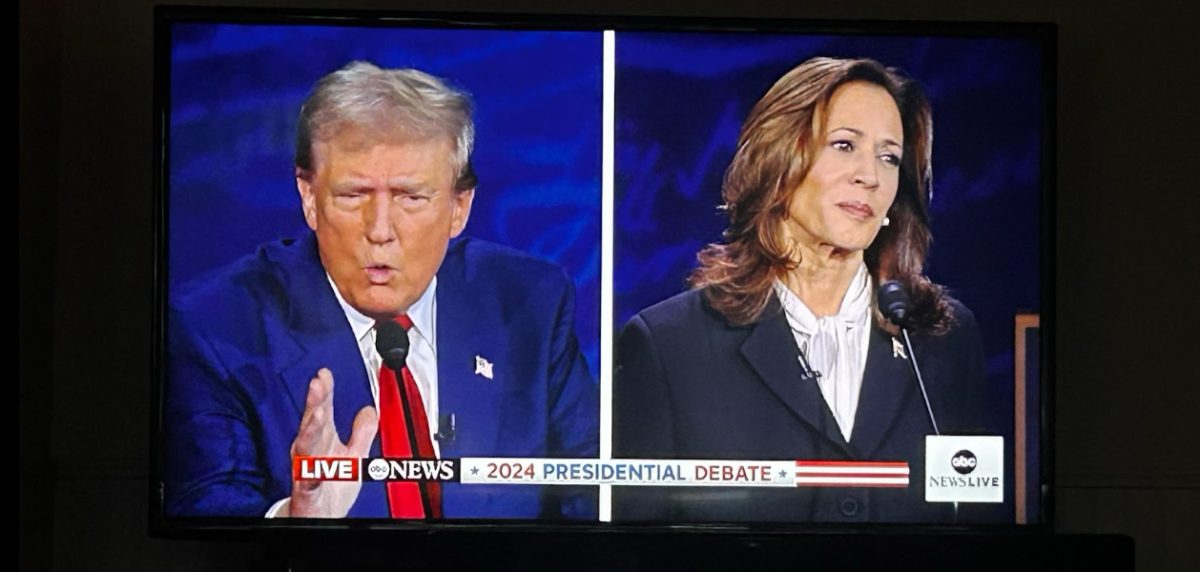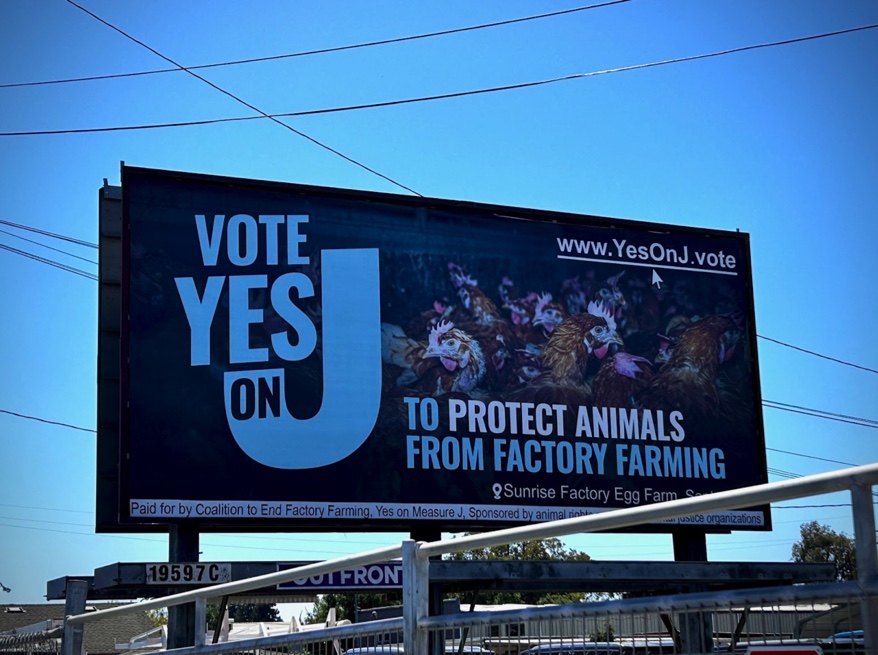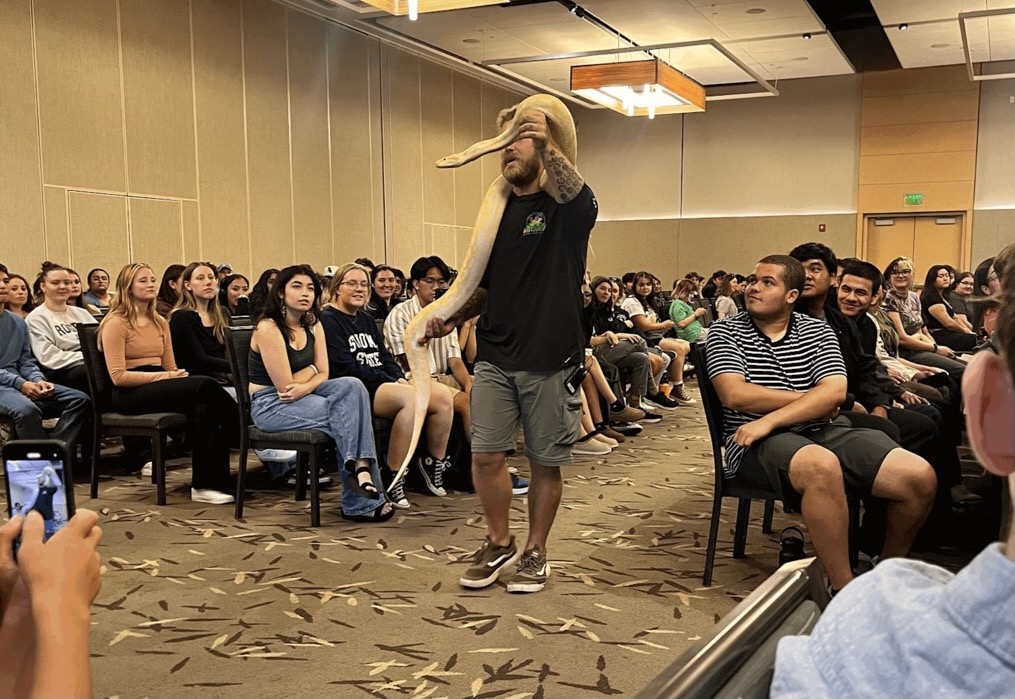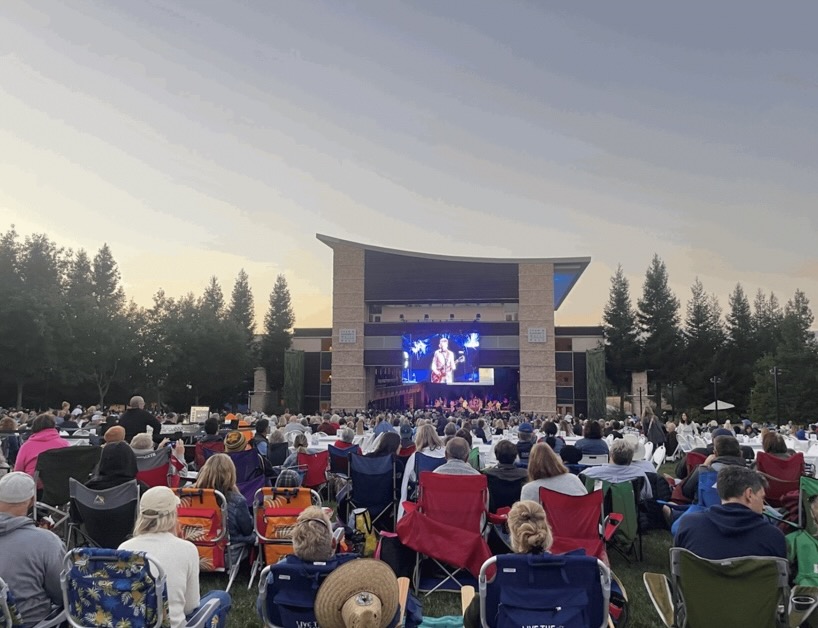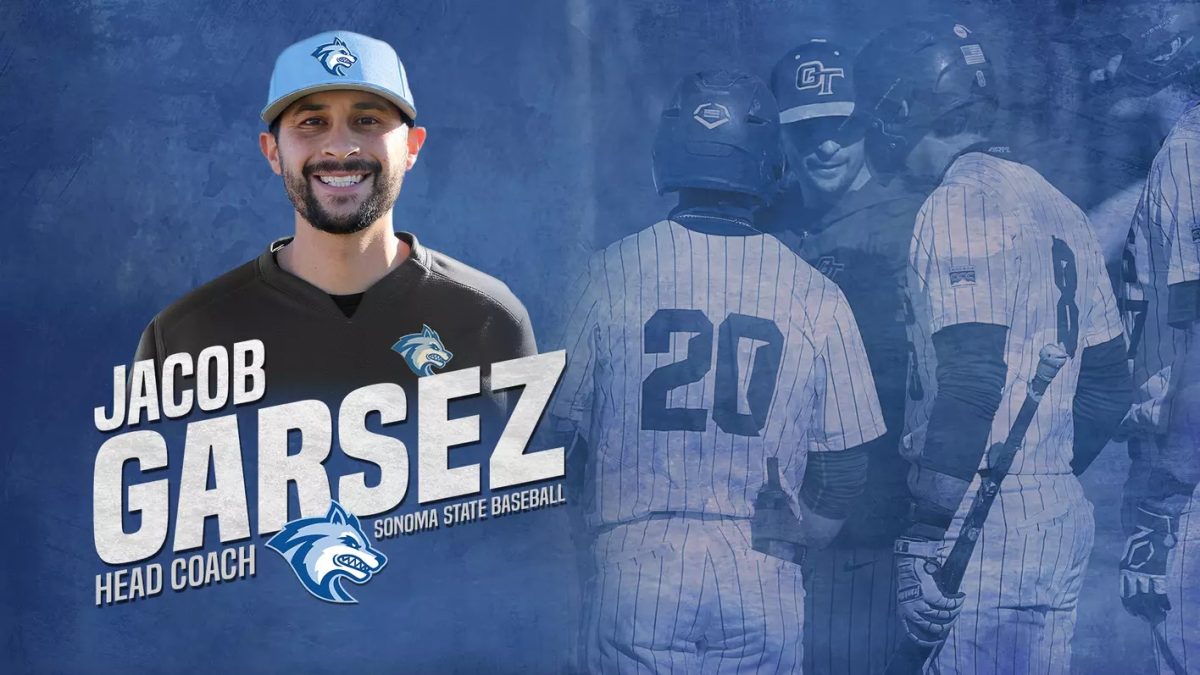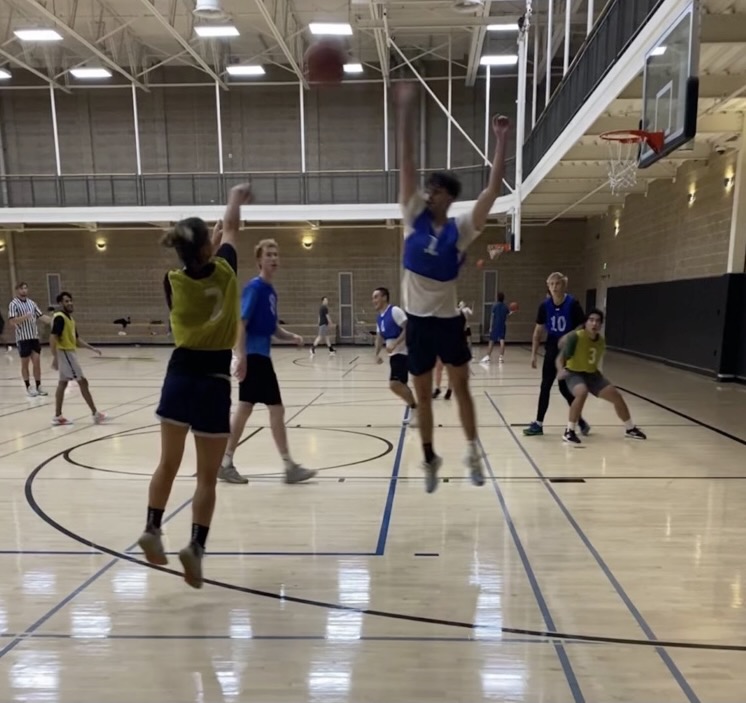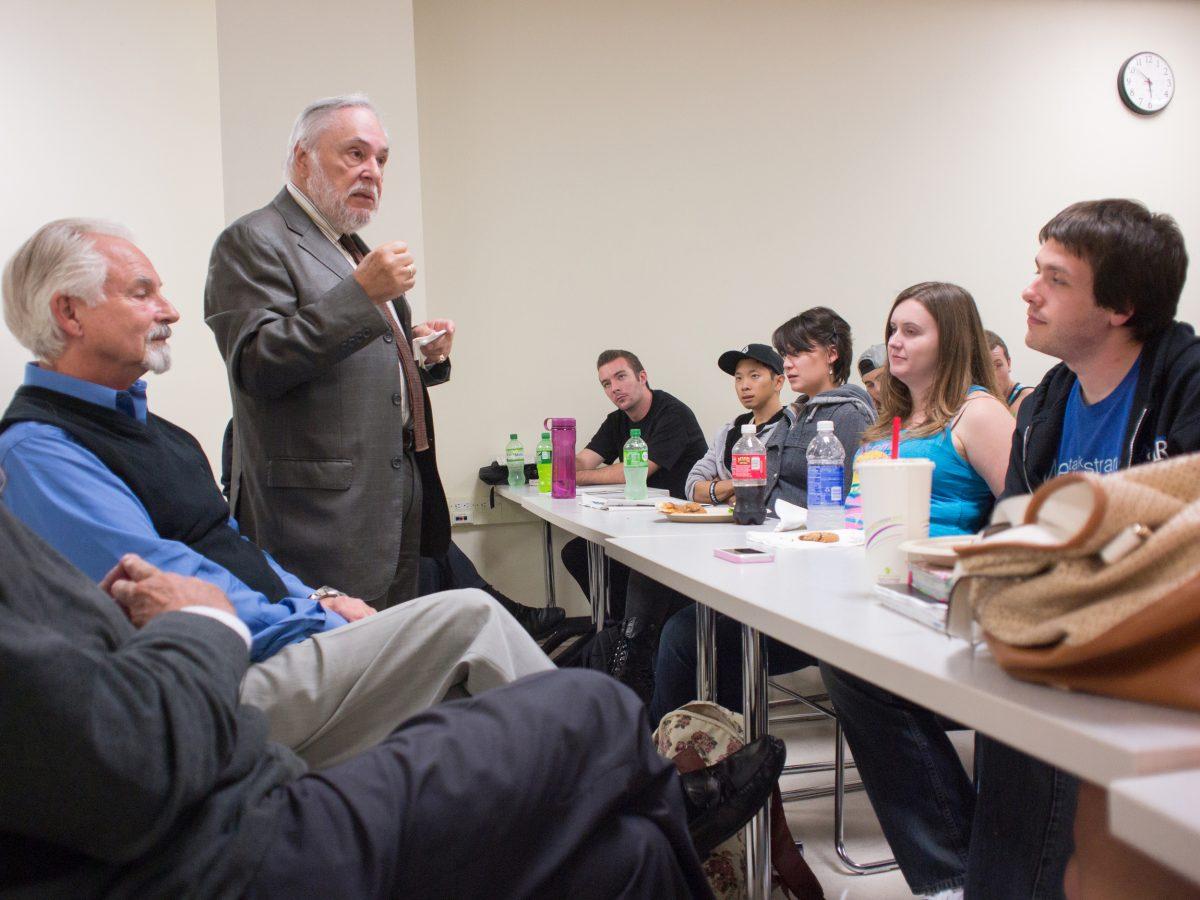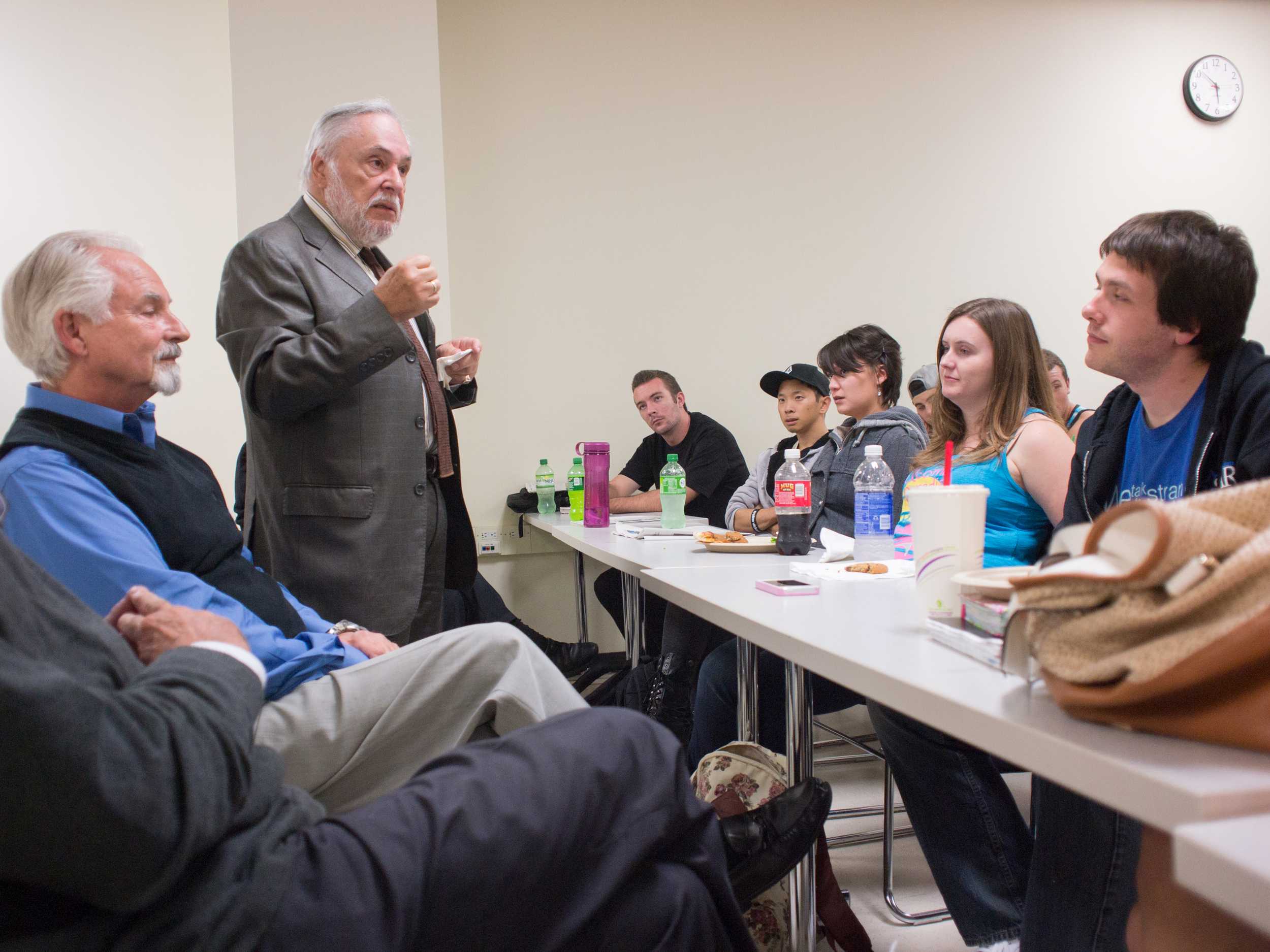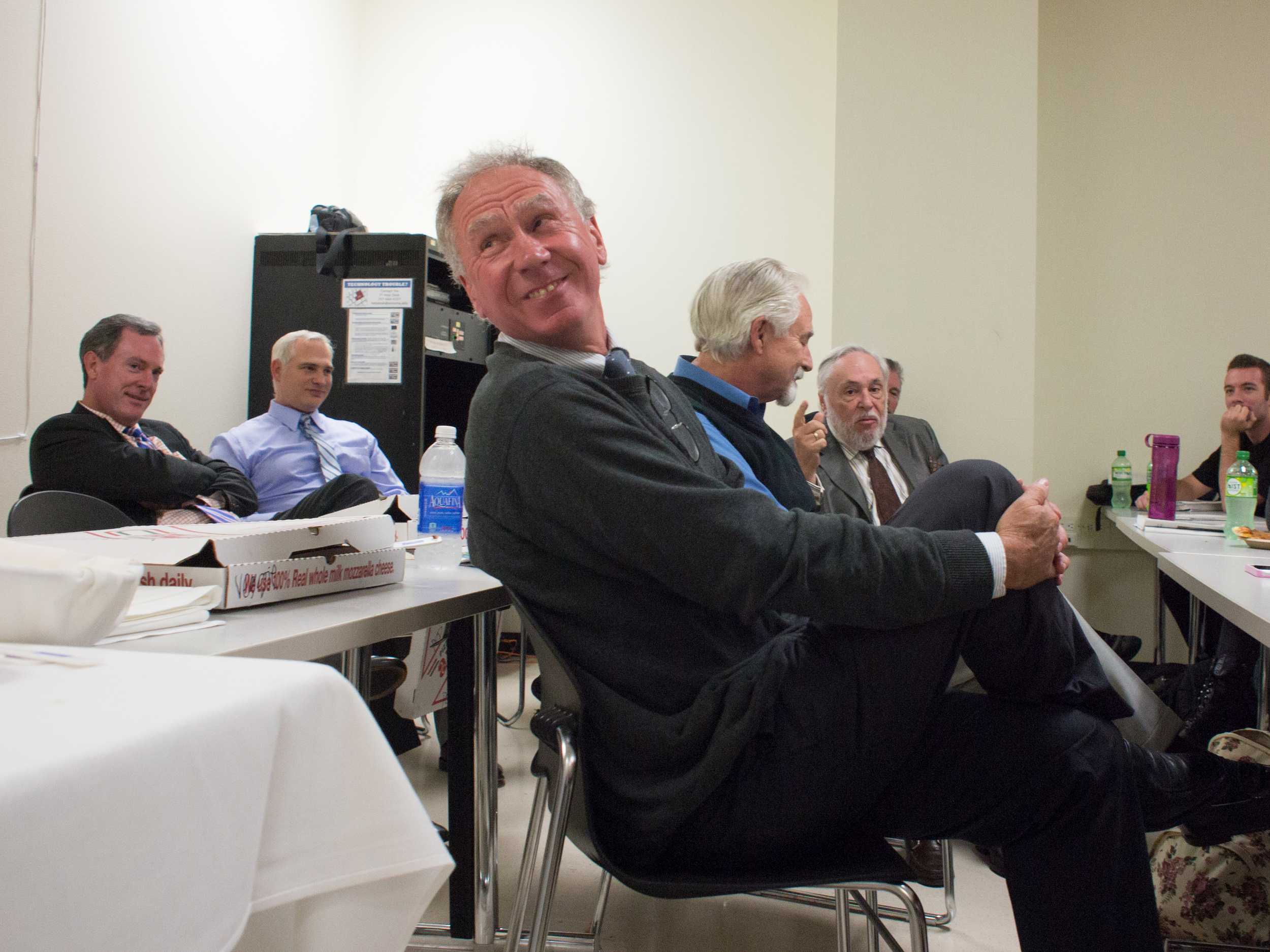The STAR staff got an opportunity to sit down with Sonoma State University President Ruben Armiñana, Provost Andrew Rogerson and various vice presidents and deans last week to discuss recent issues surrounding the campus and its students in an exclusive interview. The administration offered insight on issues including student population, unit and class accessibility, parking, safety, sexual assault and an academic success fee.
STAR: How does the high enrollment, especially with the largest freshman class, affect graduation rates this year?
Armiñana: We do have the largest number of students at Sonoma State. Enrollment is the commitment a public university has to its citizens and the reason this institution was founded and is funded. To educate as many students from California as we can afford is the covenant between the public university and the citizenry.
STAR: A lot of students struggle to get 12 units each semester, how does that balance with the goal of getting students to take 15 units?
Armiñana: It’s a balancing act between classes that are offered versus the convenient [classes offered]. Sometimes classes are offered and not taken because they aren’t convenient to the students. Not all classes can be held Tuesday and Thursday from 9 a.m. to 2 p.m., therefore at that point it is a matter of balancing what is offered with what is convenient and it is a choice. Having said that, we have not been able to provide you with enough convenient classes due to the funding.
Rogerson: Things have turned around this year for the better. We have 9,300 students, 1,840 are freshmen, [the] largest class ever and we asked them to take four classes only. We now need them to ramp it up this spring and take the maximum amount. Out of all 23 CSU’s, Sonoma State has the highest four-year graduation rate and with the upcoming year of more faculty and classes we should be able to improve on that number some more.
Armiñana: Twelve units is usually needed to have and keep some sort of financial aid, 15 units per semester, per year, is full-time for funding. To help with full-time status, I would like all courses at Sonoma State to be four units; meaning students would take four courses per semester. I have been on a failed attempt but this has been one of my main goals.
STAR: With the increase of students, what is being done about parking?
Armiñana: Have students ever thought about parking by the Green Music Center? It is never full. We have more parking than we need. It is not the lack of parking; it is the lack of more convenient parking.
STAR: There are some safety concerns about the walk to the Green Music Center lot.
Armiñana: During evening parking you do feel more isolated and the shortest route through the back, it could feel threatening, but at least during the day, that parking lot is pretty empty.
Matthew Lopez-Phillips, vice president for student affairs and chief student affairs officer: We have a safety week coming up and the issue you have with parking, Nate Johnson (police chief of Sonoma State University) will be leading around a group of students to identify these areas that may need more lighting or blue phone, and we can see about securing funds to accomplish this and provide a greater level of safety to all students.
STAR: Any consideration of more bicycle officers?
Lopez-Phillips: That is what the safety week is for and discussions with Nate [Johnson]. There will always be more community members around than police officers. Associated Students and Greek Life have both shown an interest in providing an escort service to students at night.
STAR: Student conduct code disallows people from having pepper spray in residential areas for protection? How does this promote safety in the residential areas on campus?
Lopez-Phillips: The university code of conduct states we are not allowed to have dangerous chemicals. Pepper spray can also be used as a weapon and we don’t want that. Again, the safety week is where we can start these dialogues to see what else we can do whether it’s self-defense classes or other things besides [bringing] weapons onto campus. I would want more lighting and patrols than allowing such items on campus.
Armiñana: The amount of sexual assaults and violence that comes from the outside is almost zero. Almost all of the assaults and violence comes from the inside or acquaintances. We have a zero tolerance on this campus.
STAR: On issue of sexual assault, what is the campus doing in response to sexual assault?
Armiñana: We have to acknowledge that we have a problem [with assault] and 100 percent is tied to excessive use of alcohol and drugs. If you don’t attack that issue, you will fall short. Responsibility of everyone is to monitor usage. There also needs to be a willingness of the victim to identify perpetrator and report crime quickly and provide all information for a proper investigation. Students need to know that there are university services to help with dealing with the matter. At all levels of the university, there needs to be a strong sense that any violence or acts of hate are not tolerated.
Lopez-Phillips: We continue to do the interactive theatre peace at orientation; we have victim’s advocate to help students work through crimes. We now have a Men Against Rape and Sexual Assault Club on campus. The police, Counseling and Psychological Services, the administration all work together. We are doing the best job we can, even if it doesn’t result in an actual investigation.
Armiñana: We [Sonoma State] have one of the country’s experts in reporting of sexual assaults, Officer Sally Miller. We are very good at investigating what is reporting, but I am not sure we are getting (all) reports of the crimes when they occur.
STAR: Since there is no success fee, what is the plan to finance more staff, faculty and classes?
Armiñana: We won’t be receiving the money from the outside. We will continue to be financed by state revenue and we will have to live with the state limits. Things are not that bad right now. The Student Success Fee was generated by the administration and not by the students so that in turn made people not like it. A lot of the CSU campuses are doing with the success fee what we already have; Student Center, Recreation Center, athletics. Sonoma State has all things therefore; there is no urgency for the success fee. A moratorium has been placed on success fees for the next two years for the schools who were considering them.

